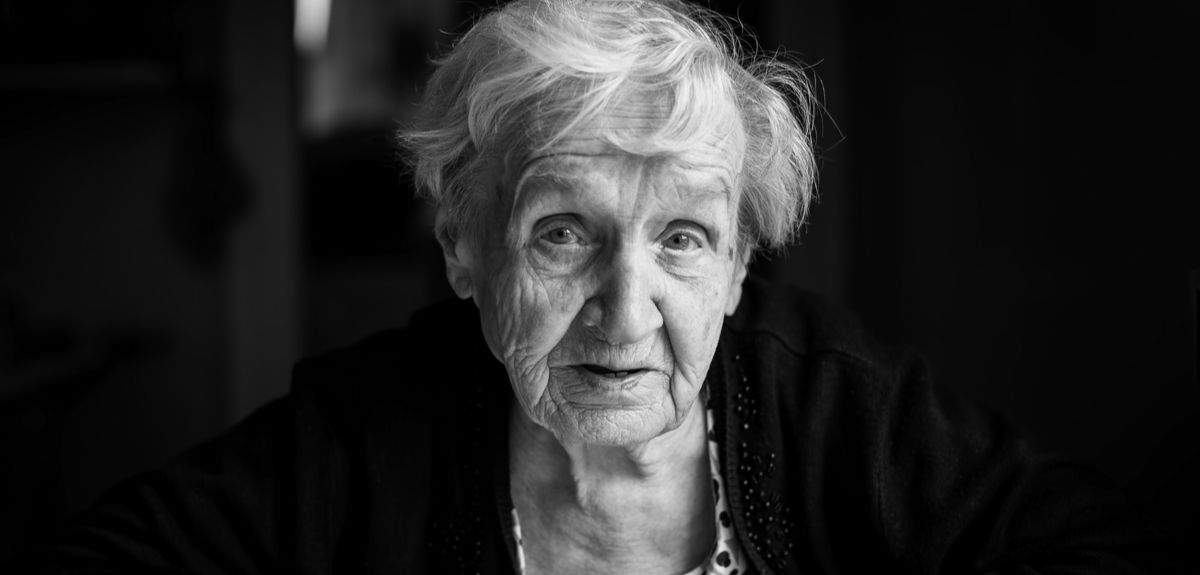
Short term failures, long term fault line: Covid earthquake hits social care
COVID-19 hit England’s social care sector like an ‘earthquake’, according to Oxford Professor of Sociology and Social Policy, Mary Daly, and revealed a sector in crisis and a worrying attitude towards older and vulnerable people.
In a recent article, COVID‐19 and care homes in England: What happened and why?, Professor Daly maintains the treatment of care homes during the first months of the pandemic is ‘fast generating the sense of a scandal’. While the NHS was ‘front and centre of the national response’, Professor Daly says, ‘Care homes were poorly targeted and in many senses neglected until late in the pandemic when a response was unavoidable.’
In the report, Professor Daly exposes ‘erroneous policy choices’ and ‘many mistakes’. But, she says, the reasons for the crisis are ‘more complex’ and fundamental – a mixture of structural and politico/socio cultural factors.
In the report, Professor Daly exposes ‘erroneous policy choices’ and ‘many mistakes’. But, she says, the reasons for the crisis are ‘more complex’ and fundamental
Social care struggles to be seen as a priority, she says, exacerbated by the separation of social care and the health system which makes governance and supply routes difficult, especially in a pandemic. There have also been ‘years of austerity and resource cutting’ which have depleted the ability of local authorities to bolster social care.
In her report, Professor Daly directly criticises the long-term lack of political support for the sector and, in terms of COVID-19, the government’s calculation that care homes might be seen as less important than the NHS and, as a result, policy errors less likely to ‘hurt’ them than an NHS blunder. But, Professor Daly maintains, ‘The weak regulatory tradition of the sector also contributes to explaining the inadequacy of the response. Care homes and social care in general are far down the chain of public policy and the majority are market providers which see relatively little regulation.’
Care homes and social care in general are far down the chain of public policy and the majority are market providers which see relatively little regulation
There have been positives, she says, ‘Initiatives are coming forward to integrate health and social care.’
And, Professor Daly says, the Government did allocate some £600 million to the sector in mid-May and families, prevented from seeing their relatives, have mobilised and made themselves heard
But, talking to Arts blog about the crisis, Professor Daly says, ‘It has revealed fundamental flaws in the sector. There are the problems of funding but there is also the governance system [regulation] and inadequacies in homes.’
Professor Daly maintains, ‘Too few care homes are in the top tier. Very few are ‘Outstanding’ homes.’
Under the care regulation system, governed by the Care Quality Commission, homes are ranked as ‘Outstanding’, ‘Good’, ‘Requires Improvement’ and ‘Inadequate’. Currently, on this scale 4% of homes for older people in England are ‘Outstanding’, while more than 2,000 care homes, one in five, fall into the substandard categories. The system was intended to mirror the Ofsted system of school inspections, but some 20% of state secondary schools are currently ‘Outstanding’ with 14% substandard.
‘Social care is a very difficult area for any government. It is a political hot potato [and no government has wanted to deal with it],’ Professor Daly adds. ‘Care homes needed to be protected before Covid, it was a signal mistake.’
It worries me what all this says about our valuing of older and vulnerable people. I fear they are seen as acceptable casualties
But, she emphasises, ‘It worries me what all this says about our valuing of older and vulnerable people. I fear they are seen as acceptable casualties.’
Professor Daly warns that there is a problematic fault line within the sector, ‘Privatisation in care means that there is a very great reliance on market provision in social care...local authorities got out of provision and now care home owners are responsible for caring for our older and vulnerable people....when care is about profit we need to wake up.’
In concluding her report, Professor Daly calls for, ‘A new model of care for older adults. The large and diverse network of independent providers does not look like a resilient form of provision and is likely to have become even less resilient following the pandemic.
‘Ultimately, the country has to answer the question of what is an acceptable way of caring for its older people and view the pandemic outcome as associated not just with short‐term failures of policy and political leadership but a much deeper undervaluing of the came home sector, the activity of caring and those who require care.’
There is a very great reliance on market provision...care home owners are responsible for caring for our older and vulnerable people....when care is about profit we need to wake up
She insists, ‘Long‐term care policy has to become a meaningful part of the British welfare state in which the rights and entitlements of those involved are given a central place, unseating the far more dominant risk, exigency and need perspectives.’